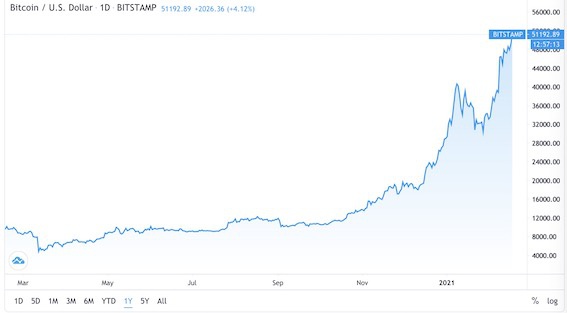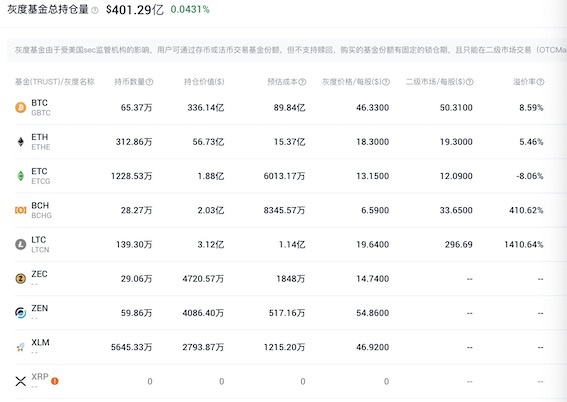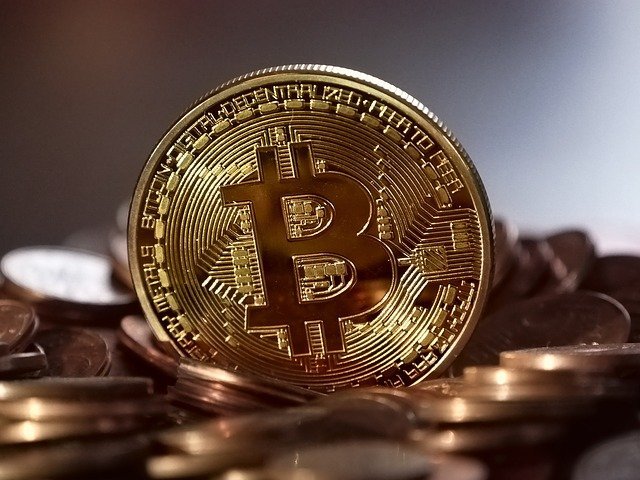February 17, 2021, the value of a bitcoin has risen below $51,000, and the increase during the Spring Festival is close to $10,000.
Bitcoin is still the world’s largest asset, just like the past year. February 17, 2021, the value of a bitcoin has risen below $51,000, and the increase during the Spring Festival is close to $10,000.
It was also in March 2020, the beginning of the global outbreak of the epidemic. At that time, gold was thrown away, investors only wanted dollar liquidity, and Bitcoin fell into the abyss, and the price of a bitcoin fell to nearly $3,800 at the lowest.
Nearly 11 months have passed, and now Bitcoin has rebounded by more than 1,200%. At present, mainstream institutions on Wall Street seem to think that this “rigid bubble” can be larger.

Take stock of the driving force of Bitcoin’s rise this year
In 2019, Bitcoin ushered in its tenth birthday. Looking back on 2018, Bitcoin fell from $17,157 per piece to a low of $3,733 per piece, a decline of nearly 80%, the largest collapse in history.
The whole year of 2019 can be said to be the year when Bitcoin slowly “bloodeded” after the collapse, once approaching the level of $10,000. In March 2020, due to the huge shock in financial markets caused by the coronavirus epidemic across the world, Bitcoin plummeted by nearly 50% on the evening of March 12, from a direct minimum of nearly $10,000 to $3,800.
At that time, there was even been said that Bitcoin might go to zero.
In the next two months, Bitcoin rebounded to about $6,000. After that, Bitcoin continued to climb like crazy.
After sorting out the important time nodes of this round of Bitcoin bull market, the first financial reporter also found that two time nodes are worth paying attention to – first, in mid-October 2020, Bitcoin stood at the 10,000-dollar mark; second, in mid-December 2020, Bitcoin broke through the 20,000-dollar mark, setting a new record high.
As Bitcoin broke through $10,000 in early October 2020, signs of institutions in the market could be observed to start entering.
For example, on October 8 of the same year, mobile payment giant Square suddenly announced a $50 million investment in Bitcoin; on October 13, Stone Ridge Holdings, an asset management company with more than $10 billion, revealed that the company More than 10,000 Bitcoins worth about $114 million were purchased; on October 22, PayPal, the world’s largest cross-border payment platform, announced that it would allow users to buy, sell and hold cryptocurrencies on the platform; on October 27, Singapore’s largest commercial bank, DBS Bank, announced that it would provide cryptographic numbers. Currency transaction.
In the second stage, that is, when the price of Bitcoin exceeded the $20,000 mark, a large number of individual investors began to flood into the cryptocurrency market, which once caused some cryptocurrency exchanges to jam or downtime, and the excitement of the market was further amplified. Many people could borrow money and leveraged to speculate in coins.
The combination of two factors has driven the rapid rise of Bitcoin prices. That’s why it took two months for Bitcoin to rise from $10,000 to $20,000, and it only took half a month to rise from $20,000 to $30,000.
In this process, grayscale investment, the world’s largest digital asset management company, determines the short-term price trend of Bitcoin.
So far, the Bitcoin position of Greyscale Fund is as high as 65,700, and the market value of the position is 33.614 billion US dollars.

In early 2021, Bitcoin was slightly weak due to the decline in risk sentiment, but recently, Tesla founder Musk, and Cathy Wood, the “Queen of Bull Market” of the United States, frequently sang more crypto assets such as Bitcoin, which accelerated the rise of Bitcoin.
On February 6 this year, Bitcoin re-entered the $40,000 mark for the first time since January 14, and the flow of funds into the Bitcoin Greyscale Trust continued to increase.
Musk had been tweeting continuously, saying, “Bitcoin is good”, “I am a supporter of Bitcoin”, and “I think those traditional financiers may soon accept Bitcoin.”
Also before the Spring Festival, Bitcoin ETF under the investment company Accelerate Financial was approved in Canada.
This is also the first officially approved Bitcoin ETF in North America.
The application document was approved on February 11, which further improves the convenience of Bitcoin investment and boosts the currency price to rise.
Wall Street is still optimistic about the future of Bitcoin.
Even if it breaks through 50,000 US dollars, bullish sentiment on crypto assets in international markets is still high.
The gradual promotion of ETF will be an important driving force.
Li Lianxuan, chief researcher of Oke Cloud Chain Research Institute, told the First Financial Reporter that the Securities Regulatory Commission (SEC) has rejected the application of Bitcoin ETF many times before, mainly because it is unable to “prevent fraud and manipulation” and “protect the interests of investors and the public”.
Specifically, to prevent market fraud, ETF sponsors and regulators can enter into fraud monitoring agreements with cryptocurrency exchanges to be able to properly monitor and deter price manipulation, but this requires that such exchanges have sufficient trading volume. But in the past few years, most Bitcoin exchanges have not been regulated by the SEC, and the trading volume of exchanges regulated by the U.S. government (such as Coinbase, Gemini, Kraken) has not been large enough, including the Bitcoin options on the Chicago Mercantile Exchange (CME) is only in 2 It was launched at the end of 017.
But by this day in 2021, the market situation has changed a little. Li Lianxuan said that the Bitcoin futures contract market of CME is large enough.
For example, according to the latest data of SKww, the contract position has reached 2.2 billion US dollars, ranking first in the Bitcoin derivatives market. The business volume of the US cryptocurrency exchange is also growing and is currently preparing to go public.
Compared with a few years ago, the Bitcoin market is more mature.

In contrast, Greyscale Fund’s Bitcoin Trust (GBTC) product can be said to be a “cut version” Bitcoin ETF. GBTC is mainly different from traditional ETF funds in two ways. First, GBTC has no redemption mechanism.
As of October 28, 2014, the Greyscale Bitcoin Trust suspended its redemption mechanism. Although the GBTC of Greyscale Fund has passed regulatory approval, it has not submitted a redemption plan to the SEC. Secondly, GBTC requires to lock the position after requisitioning.
In traditional ETF fund trading, T+0 trading can be achieved between primary and secondary markets. However, the current primary market subscription share of GBTC is not available for sale on the secondary market until six months later. Whether in terms of gold content, or the convenience of requisition or arbitrage, Bitcoin ETF is better.
In addition, the ARK research team of “Queen of Bull Market” mentioned in its January trend report that Bitcoin and others will have greater development in the future.
She said that as of November 2020, about 60% of Bitcoin had not changed hands for more than a year, which is proof of the long-term attention of the market for it and the strong belief of its holders.
At the same time, the ARK team believes that Bitcoin can play a key role as corporate cash. For example, Square and Microstrategy have invested in Bitcoin, which demonstrate that listed companies can configure Bitcoin as a legal substitute for cash.
If all constituent companies in the S&P 500 allocate 1% of their assets to Bitcoin, the price of Bitcoin will increase by about $40,000, according to ARK’s research.
Bitcoin’s rapid rise has given it a place in the asset allocation of institutions.
ARK estimates that within four years, Bitcoin’s daily trading volume will exceed that of the U.S. stock market and that of global foreign exchange spot market within six years.



